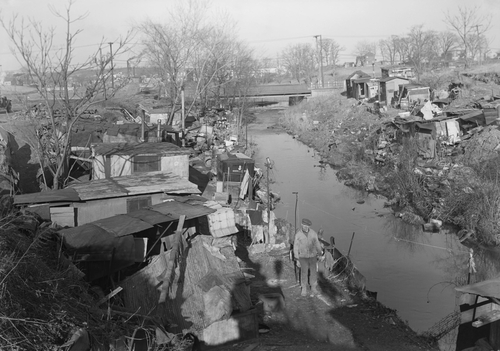
In a move that has sparked controversy and concern, New York City Mayor Eric Adams is reportedly considering a plan to distribute free tents to illegal immigrants arriving in the city. This proposal comes as the city grapples with a significant influx of asylum seekers and migrants, leading to a crisis of accommodation and resources.
The plan, which is still under discussion, involves setting up campsite-style shelters in public parks across the city. The idea is to provide temporary housing for the thousands of migrants who are expected to arrive in the coming months. Currently, the city is already housing over 65,000 people, a number that is predicted to rise sharply, leaving many without shelter.
It's time we call these tent cities exactly what they are.
1933: Hoovervilles
2023: Bidentowns pic.twitter.com/qo2OYSJiVX— The First (@TheFirstonTV) October 26, 2023
Mayor Adams and other city officials have been actively discussing potential encampments and searching for large outdoor spaces to accommodate the relentless wave of migrants. This move is seen as a desperate attempt to cope with the overwhelming numbers, especially since the city’s existing housing facilities are nearing capacity.
This proposed solution, however, has drawn parallels with a dark chapter in New York City’s history. During the Great Depression of the 1930s, Central Park was overrun by unemployed workers who built makeshift shanty towns out of scrap metal, cardboard, and wood. These settlements, known as Hoovervilles, were named after President Herbert Hoover, who many Americans blamed for the economic downturn.
Seattle, 1938
Yesterday’s Hoovervilles are today’s new ‘homeless encampments’
Ever wondered what American slums will really look like? American favelas are going to emerge in major cities again. These tarp camps are the precursor to semi-permanent structures like last picture https://t.co/GuWJd1rLqn pic.twitter.com/z6Kmq6FwbZ
— .50 cal soap dispenser (@KonnerwithaK) October 24, 2023
The comparison between Mayor Adams’ tent plan and the Hoovervilles of the past is unsettling for many. It raises questions about the city’s ability to manage the current migrant crisis and the potential impact on public spaces and local communities. Moreover, it highlights the urgent need for more sustainable and long-term solutions to address the issue of illegal immigration.
Currently, the city has a policy in place that requires migrants to leave their free housing after 30 days, or 60 days for families with children. This policy, coupled with the proposed tent plan, has raised concerns about the city’s approach to managing the migrant crisis and its potential implications for public safety, health, and welfare.
In conclusion, while Mayor Adams’ tent plan may offer a temporary solution to the housing crisis, it is clear that more comprehensive measures are needed. The echoes of Hooverville serve as a stark reminder of the consequences of failing to adequately address such crises.
As New York City continues to grapple with this issue, one can only hope that sustainable and humane solutions will be prioritized over stop-gap measures.












